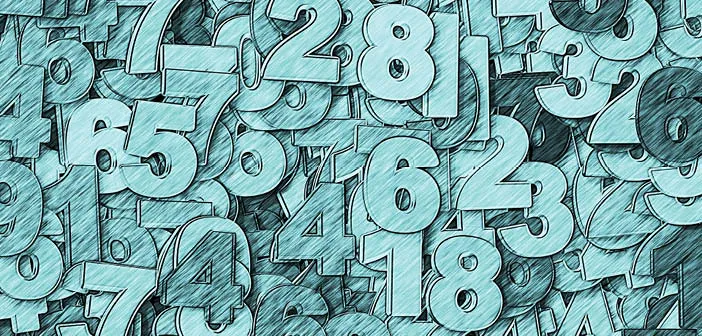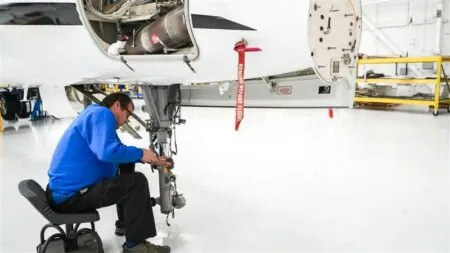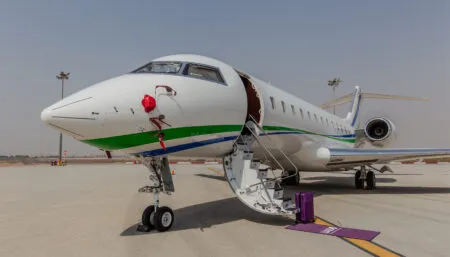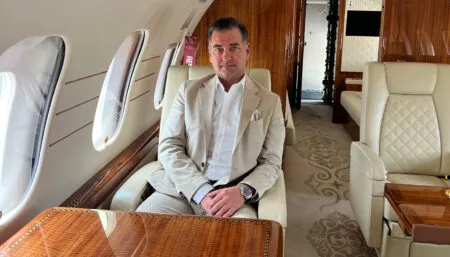The International Aircraft Dealers Association (IADA) has issued its Q4 2021 market report. IADA members anticipate a strong market for used private aircraft for the first six months of 2022, while the inventory of available aircraft remains low.
The report includes a summary of questionnaires about market perceptions sent to nearly 900 IADA members, including dealers, their brokers, and members who provide products and services related to aircraft transactions.
IADA is an organisation for aviation professionals specialising in aircraft transactions. IADA said its dealers buy and sell more aircraft by dollar volume than the world’s unaffiliated dealers combined, averaging more than 700 transactions and US$6bn in annual revenue.
2021 was unprecedented
IADA said that by any measure, 2021 was an unprecedented year, roughly doubling average aircraft IADA transactions. Private aircraft dealers accredited by IADA closed 20% more deals in 2021 than the year before: 1,372 aircraft transactions, compared with 1,135 deals in 2020. The organisation said that this was despite a “shrivelled aircraft inventory”, with many aircraft never making it to market before being snatched up.
“Today’s market is incredibly unique and while aircraft transact quickly, that’s a result of factors which have not created an entirely positive environment for the resale space,” said Johnny Foster, president and CEO of IADA accredited dealer OgaraJets. “We enjoyed a solid year, maybe our best, however, the market created an environment that was not nearly as positive for our buying clients. Values and prices are completely disconnected, supply is almost nil, and due diligence is limited by shop capacity and demand.”
Across all sectors
The Q4 2021 responses from IADA members predict the first six months of the coming year will continue to bring an increase in demand for all sectors of the used aircraft sales market, including turboprop, light, medium and large, and ultra-large jets, while supply shortfalls are projected to continue driving prices higher.
“Values have increased an average of 10% a month for the past three months,” said IADA chairman emeritus Paul Kirby, also the executive vice president of QS Partners, another accredited dealer. “The rate of change feels unsustainable. However, absent an increase in supply or a dramatic drop in demand, appreciation will likely continue into 2022.”
“In my aircraft appraisals business, for below US$10m fair market value aircraft, I am adding 20% to account for the lack of supply, and extreme demand,” said Jeremy Cox of JetValues-Jeremy. “Above US$20m I’m adding 10%, with all points in-between pro-rated. The used aircraft marketplace, since Q3 2020, has developed into a bull market, with minimal days on market and in most cases, premium pricing above asking price is occurring.”
“I think we all have eager and ready buyers ready to strike with offers but with limited supply of pre-owned aircraft, values have gone to crazy numbers,” said Kyle Wagman, director of aircraft transactions and consulting for Leading Edge Aviation Services. “Who would have thought that an aircraft purchased new from an OEM less than three years ago can be sold in today’s market at a premium compared to what the owner paid for it?”
The IADA Market Report covers IADA accredited dealers’ perceptions about the market taken from the survey of IADA members, and actual sales data reported monthly by IADA dealers. It does not include pre-owned aircraft transactions conducted solely by IADA’s OEM members.
The perspectives and projections from IADA members for the IADA Market Report are informed by the monthly activity reports submitted by IADA accredited dealers through AircraftExchange. In addition to sales data from AircraftExchange listings, the IADA Market Report includes data from all IADA accredited dealer activities and transactions, reported in total.
“Buying activity is excellent,” said Todd Spangler, sales director of IADA accredited dealer Jetcraft, covering Florida and Central and South America. “Inventory levels are serious concern. The OEMs need to begin delivering new aircraft at higher volume in order to displace more aircraft into the marketplace.”
